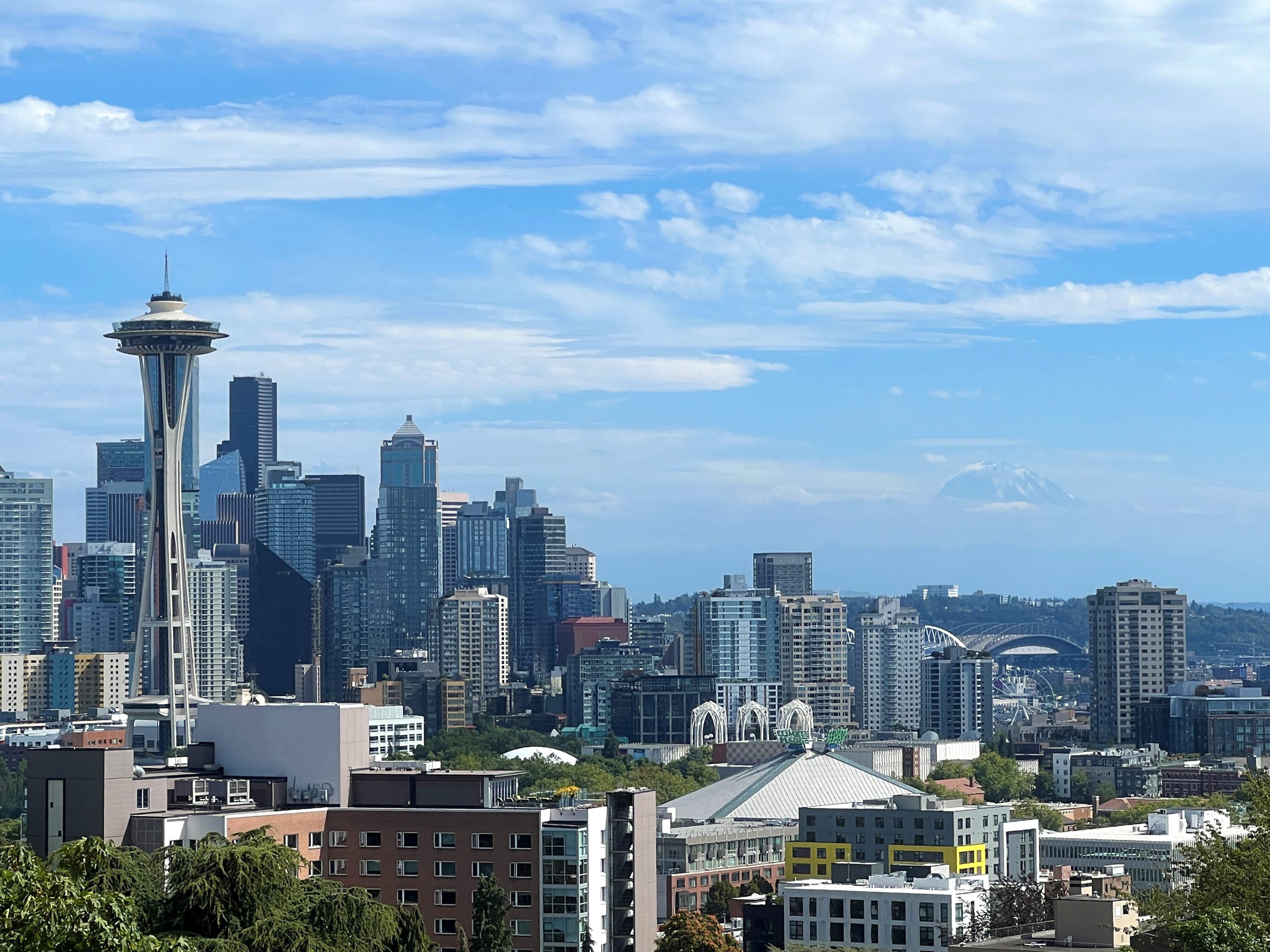News
The Registry: Downtown Seattle shows signs of recovery as office market turns positive
Posted on

This story was originally published by The Registry on Oct. 20, 2025.
New data reveals progress in public safety and the first office space gains in four years, though remote work continues to reshape the urban core
Seattle’s downtown is displaying mixed but encouraging signals of recovery more than five years after the pandemic upended urban centers across America, according to new data released by the Downtown Seattle Association.
The most notable development: downtown Seattle’s beleaguered office sector recorded positive net absorption in the third quarter of 2025—the first time since Q3 2021 that more office space was leased than vacated. The 21,117 square feet of net gains, reported by CoStar, may signal the beginning of a turnaround for a sector that has struggled as remote and hybrid work arrangements became entrenched across the tech-heavy region.
“For downtown to thrive it first needs to be clean, safe and welcoming,” said Jon Scholes, DSA President and CEO. “As the data indicates, we’ve made significant strides in public safety downtown and that’s come with more SPD presence and action from our elected leaders. Positive net absorption is hopefully signaling a turn for our office sector.”
The public safety improvements Scholes referenced are substantial. Violent crime incidents in Seattle Police Department’s M sectors—covering the downtown core—declined 36 percent during the June through August period compared to the same months in 2024. The summer tally marked the lowest number of violent incidents for that period since 2017.
The September data, released in the association’s monthly Revitalization Dashboard, shows nearly 3 million unique visitors came downtown, representing 105 percent of pre-pandemic September 2019 levels. However, that figure reflects a 5 percent decline from September 2024, suggesting the recovery trajectory is not uniformly upward.
Hotel demand mirrored pre-pandemic levels almost exactly, with more than 380,000 rooms sold in September—matching the 100 percent threshold compared to 2019.
The residential picture continues to brighten, with occupied apartment units reaching nearly 60,700 in September, a 20 percent increase over the third quarter of 2019 and 4 percent growth from the same period in 2024.
The persistent challenge remains office workers. September’s weekday worker foot traffic reached just 62 percent of 2019 levels, translating to more than 147,000 daily visits. While Seattle was among the first American cities hit by COVID-19’s economic impacts, it has been slower than some peers to see office workers return to pre-pandemic patterns.
Scholes pointed to infrastructure investments and cultural attractions as drivers of renewed interest in the urban core. “The cruise season wraps up this weekend, and it provided strong visitor foot traffic throughout the summer and into the fall but as we’ve seen over the past year, locals are returning downtown to experience incredible new amenities like Waterfront Park and rediscovering the many assets that make our downtown vibrant and exciting,” he said.
Micro-mobility data underscores increased downtown activity. DSA member company Lime reported its busiest single day in Seattle on Saturday, September 27, with 60,000 rides. The company recorded 6.6 million trips year-to-date through September, already surpassing 2024’s full-year total of 5.9 million rides.
The data, compiled using cell phone location tracking from Placer.ai and real estate analytics from CoStar and STR, provides monthly benchmarks for downtown’s evolution since the pandemic. The association has tracked these metrics since early 2020 to inform stakeholders and guide revitalization efforts in what was the first major American urban center to experience COVID-19’s economic disruption.
As downtown Seattle enters the fall season, the combination of improved safety metrics, nascent office market recovery, and strong visitor numbers suggests a more stable foundation—even as the nature of downtown itself continues to transform in the hybrid work era.